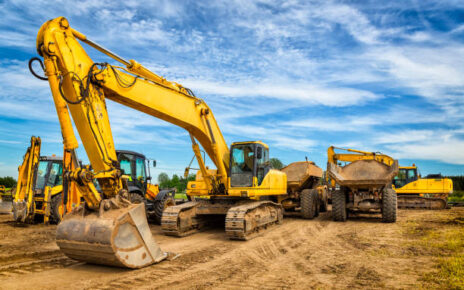The pneumatic cylinder is the element used to transform the energy of compressed air into linear movement. Within the industrial field and in other installations, it is responsible for at least one of the three basic operations: moving, retaining, or composing a piece. The rod-piston assembly moves forward and backward through compressed air injected into its front and rear chambers, using a directional valve or control elements.
When selecting a pneumatic cylinder, it is essential to consider all operating environment aspects to ensure the correct decision is made. Environmental factors can sometimes be overlooked when selecting an air cylinder but are essential if design engineers want to optimize performance, maximize service life, and ensure reliability.
Explosive Environments
An atmosphere with the potential to become explosive during operating conditions (or under the influence of the surroundings) requires a repair by specialists like tie rod cylinders reepair & rebuild services for example. These environments generally include chemical and mining plants, among others.
Operating Temperature
For a standard cylinder, fundamental operating characteristics are often specified for an operating temperature range of -20°C to 80°C. However, if your application works in temperatures outside this range, it is essential to opt for a variant designed to handle more challenging applications.
There are some pneumatic variants of the cylinders, which, with the help of specific high-performance lubricants and unique sealing materials, can work effectively in extremely low-temperature environments (up to -40°C) or in high-temperature environments (up to 150°C). C).
Corrosive Environments
When operating in a potentially corrosive environment, it is important to consider selecting a cylinder specific to the challenge. A chrome-plated steel rod cylinder will generally suffice in a dry, ‘non-aggressive’ environment. However, in humid work environments such as those with a risk of salt spray, all external cylinder surfaces will need to be coated, and the cylinder rod must be stainless steel. For other applications, there are options to install metal wiper rings against the plastic or rubber versions of the rod seal to remove residue before it can damage the cylinder assembly.
Clean Environments
A variant with special “clean” design features that reduce the number of capture points for bacteria should be chosen in food and beverage production, where specific pneumatic cylinder technology may be required. Another challenge in food production environments is frequent washdown of the work area, which can damage static and dynamic gaskets and seals. As a result, a cylinder with a self-lubricating piston such as Parker’s P1D-C Ultra Clean series, an ISO 15552 profile cylinder, should be selected.
A production stoppage costs money and should be avoided. Therefore, careful selection based on operational requirements and environmental factors must be considered to maximize cylinder life and ensure cylinder reliability.





